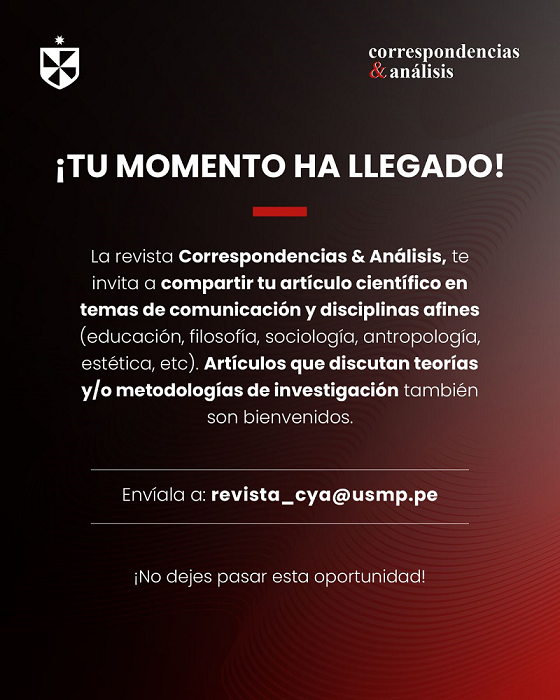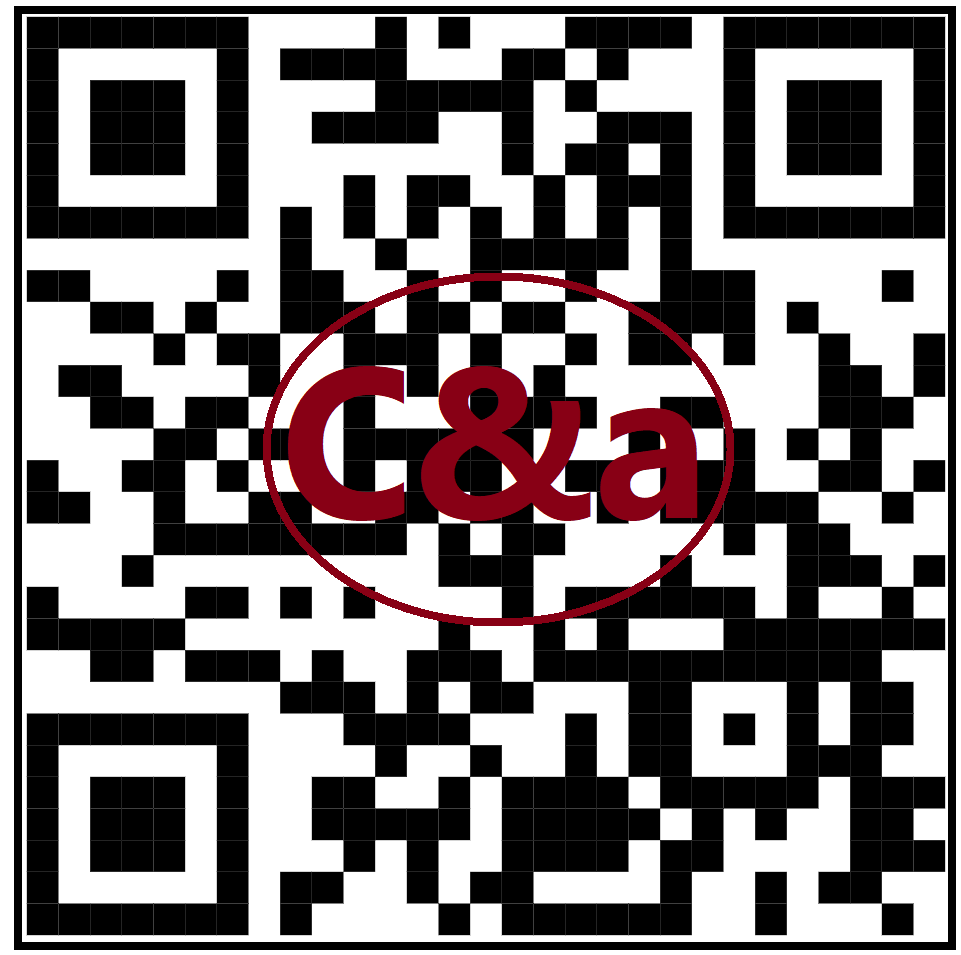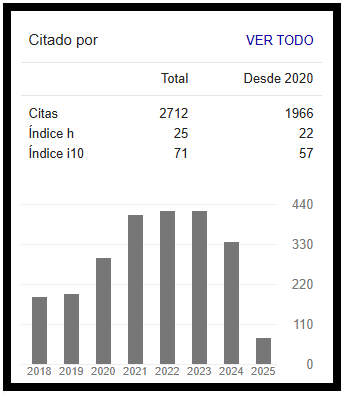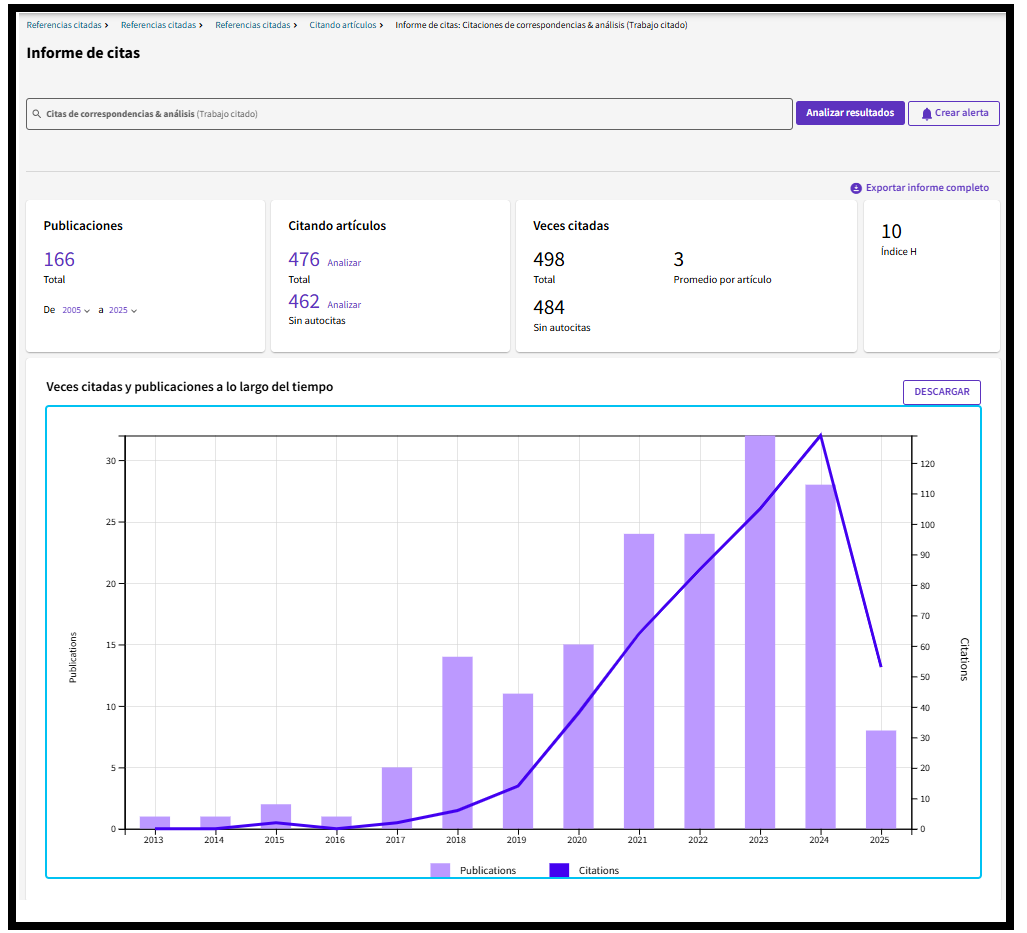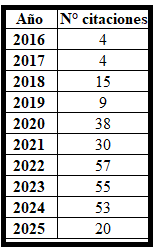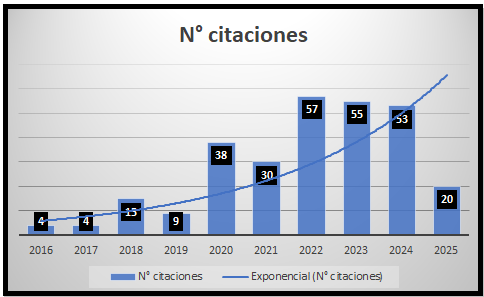Two faces of Corporate Responsibility. Relationships between Celsia and the community of El Caney during the building of Hidromontañitas Hydroelectric Power Station
DOI:
https://doi.org/10.24265/cian.2017.n7.02Keywords:
Celsia, Hidromontañitas, Corporate Responsibility, Colombian Electric SectorAbstract
This paper gives an account of the most relevant aspects of the management of corporate responsibility and of the relations between the company Celsia and a group of inhabitants of El Caney in Santa Rosa de Osos, Colombia, during the construction of the Hidromontañitas plant. The methodology followed consisted of an in-depth interview with Celsia’s communications professional and the development of a focus group with members of the community. The information obtained has been contrasted taking into account what companies and community understand about what is corporate responsibility, as well as aspects associated with the relationship process, in terms of community participation and the fulfillment of the commitments agreed with its expectations.
Metrics
Downloads
References
Benn, S., Renier T. L. y Pendleton, J. (2010). “Public relations leadership in corporate social responsibility”. Journal of Business Ethics, 96, 403-423.
Celsia (2013). Reporte integrado 2012. Medellín.
Clark, C. E. (2000). “Differences between public relations and corporate social responsibility: An analysis”. Public Relations Review, 16 (3), pp. 363-380.
Colinversiones (2012). Informe de sostenibilidad 2011. Medellín.
Coppa, M. y Sriramesh, K. (2013). “Corporate social responsibility among SMEs in Italy”. Public Relations Review, 39, 30-39.
Chaudhri, V. y Wand, J. (2007). “Communicating Corporate Social Responsability on the Internet. A case Study of the Top 100 Information Technology Companies in India”. Management Communication Quarterly, 21, (2), 232-247.
Dawkins, J. (2004). “Corporate responsibility: The communication challenge”. Journal of Communication Mangement, 9, (2), 108-119.
Empresa Urrá (s/f). Transferencias del sector eléctrico de la venta de energía de la Central Hidroeléctrica de Urrá. Ley 99 de 1993. Folleto de divulgación.
Etayo, C. y Preciado, A. (2008). “La comunicación directiva interna en las agencias de publicidad españolas”. Análisis, 37, 11-29.
Falck, O. y Heblich, S. (2007). “Corporate social responsibility: Doing well by doing good”. Business Horizons, 50, 247-254.
Freeman, R. E. y Phillips, R.A. (2002). “Stakeholder theory: a libertarian defense”. Business Ethics Quarterly, 12, (3), 331-349.
Galeano Marín, M. E. (2009). Estrategias de investigación social cualitativa. El giro en la mirada. Medellín: La Carreta Editores.
Grunig, J. E. (2011). The value of public relations: Relationships and reputation as an intangible assets. Conferencia. V Congreso Internacional de Comunicación Estratégica. Gestionar la confianza frente a nuevos escenarios de interrelación. Universidad del Norte, Barranquilla, Colombia, 14 de septiembre de 2011.
Ihlen, O. (2008). “Mapping the environment for corporate social responsibility. Stakeholders, publics and the public sphere”. Corporate communications. An international Journal, 13, (2), 135-146.
Isagen (2012). Entrevista personal con Jaime Alberto Quintero, profesional de comunicaciones. Medellín, marzo de 2012.
Jung, H. J. y Kim, D. O. (2016). “Good Neighbors but Bad Employers: Two Faces of Corporate Social Responsibility Programs”. Journal of Business Ethics, 138, 295-310.
Leeper. K. A. (1996). Public Relations Ethics and Communitarianism: A Preliminary Investigation. Public Relations Review, 22, (2), 163-179.
Luning, S. (2012). “Corporate social responsibility (CSR) for exploration: Consultants, companies and communities in processes of engagements”. Resources policy, 37, 205-211.
Moreno, M. A. y Capriotti, P. (2007). “Communicating corporate responsibility through corporate web sites in Spain”. Corporate Communications: An International Journal, 12, (3), 221-237.
Recalde, M. (2010) “¿De qué modo contribuye la comunicación al logro de una empresa más responsable?” Cuadernos de Información. Facultad de Comunicaciones, Pontificia Universidad Católica de Chile, 27, pp. 111-122.
Rodríguez-Raga, J. C. y Seligson, M. A. (2010). Cultura política de la democracia en Colombia, 2010. Consolidación democrática en las Américas en tiempos difíciles. Barómetro de Las Américas, Centro Nacional de Consultoría, Latin American Public Opinion Project, Lapop; Observatorio de la democracia, Universidad de Los Andes, Usaid y Vanderbilt University.
Scandelius, Ch. y Cohen, G. (2016). “Achieving collaboration with diverse stakeholders. The role of strategic ambiguity in CSR communication”. Journal of Business Research, 69, 3487-3499.
Self, Ch. C. (2010). “Hegel, Habermas, and Community: The Public in the New Media Era”. International Journal of Strategic Communication, 4, 78-92.
Vaaland, T. I. y Heide, M. (2008). “Managing corporate social responsibility: lessons from the oil industry”. Corporate Communications: An International Journal, 13, (2), 212-225.
Wood, D. J. y Logsdon, J. M. (2008). “Business citizenship as a metaphor and reality”. Business Ethics Quarterly, 18, (1), 51-59.
Downloads
Published
Issue
Section
License
In case the manuscript is approved, the authors retain the copyright and assign to the journal the right to publish, edit, reproduce, distribute, display and communicate in the country of origin and abroad by means of print and electronic media in different databases.
In order for this procedure to be recorded, the author must fill out the following formats:
Format 1 - Author data Format.
Format 2 - Affidavit on originality and authorization for the publication of articles Format.
Format 3 - Open Science Compliance.








2.png)


